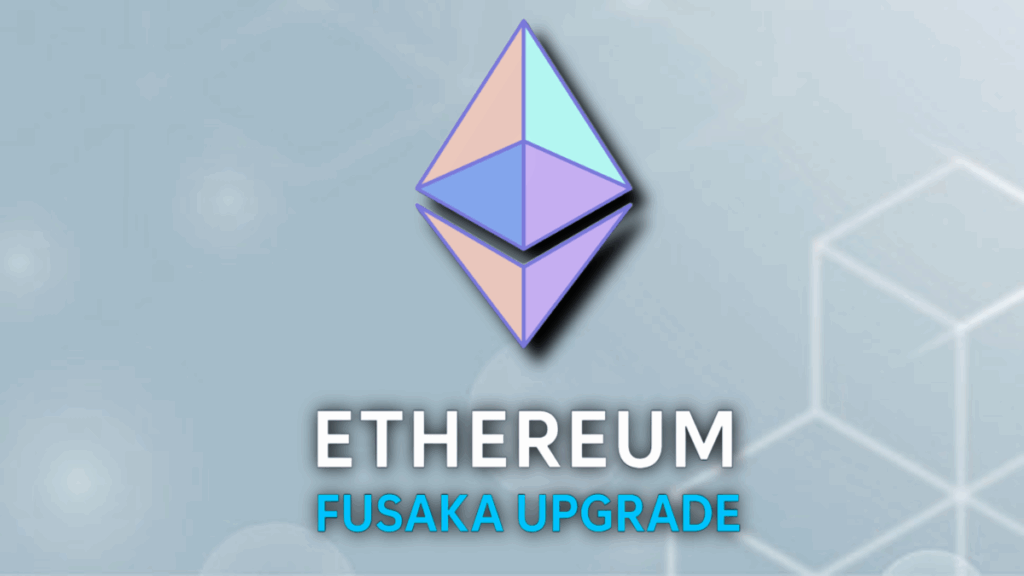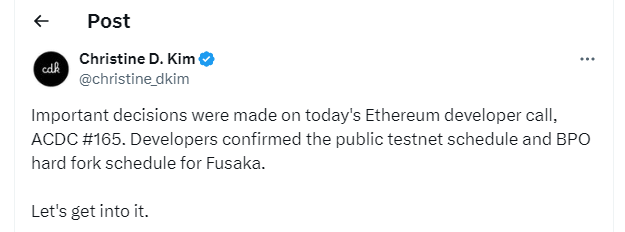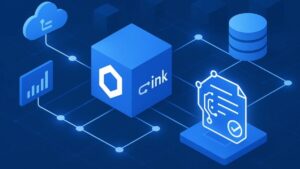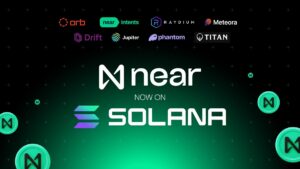TL;DR
- Ethereum developers have confirmed December 3 as the tentative date for the Fusaka upgrade, bringing scalability improvements sooner than expected.
- The update focuses on expanding Layer 2 capacity and reducing validator data requirements, allowing more efficient operations.
- Fusaka also builds on Ethereum’s previous progress with blob fees, reinforcing its position as the most adaptive blockchain for decentralized applications and DeFi growth worldwide.
Ethereum has now placed its highly anticipated Fusaka update on the calendar for December 3. The announcement followed the latest developer call, ending speculation that the hard fork would arrive much later. Preparations include multiple testnet runs in October, giving developers and infrastructure providers time to adjust before mainnet activation and ensuring better coordination across the ecosystem.
Fusaka represents Ethereum’s next scalability leap, targeting transaction throughput of up to 12,000 per second on Layer 2. That increase is expected to lower costs and further cement Ethereum’s role as the backbone for decentralized apps. Importantly, this update arrives at a time when more than 93% of Ethereum transactions already occur on L2 networks, underscoring the need for stronger support and more efficient scaling solutions.
Transaction Efficiency And Validator Relief
One of the most impactful changes will be Peer Data Availability Sampling. Instead of requiring validators to download and store entire datasets, they will verify by sampling peers, reducing both cost and workload. This approach should multiply network efficiency while supporting the rapid expansion of rollups. Developers estimate a potential 10X increase in rollup performance once Fusaka is live, making Ethereum even more attractive for developers and enterprises exploring blockchain adoption.
The update will also implement a package of 12 Ethereum Improvement Proposals, most of which target scalability. By lightening the data burden, Fusaka is expected to enable broader participation among validators, including smaller operators who often face infrastructure limitations but want to remain active contributors to the network.

Layer 2 Growth And Market Implications
Layer 2 chains currently pay minimal fees to Ethereum, with blobs rarely reaching capacity. Even so, networks like Base have seen strong adoption, with around $6,250 in daily costs for blob usage. By raising blob capacity, Fusaka will make it easier for L2s to avoid calldata and keep fees predictable, encouraging sustainable growth and reinforcing Ethereum’s role as the settlement layer of choice.
At present, Ethereum’s main chain still carries the majority of DeFi liquidity, even as most transactions flow through L2. With Fusaka’s improvements, Ethereum is positioning itself as a platform where low-cost, high-speed transactions can thrive alongside deep liquidity pools.











